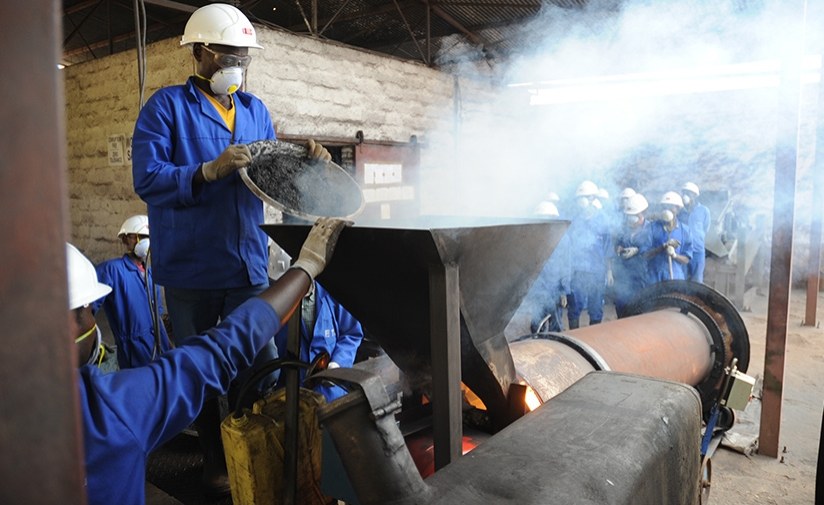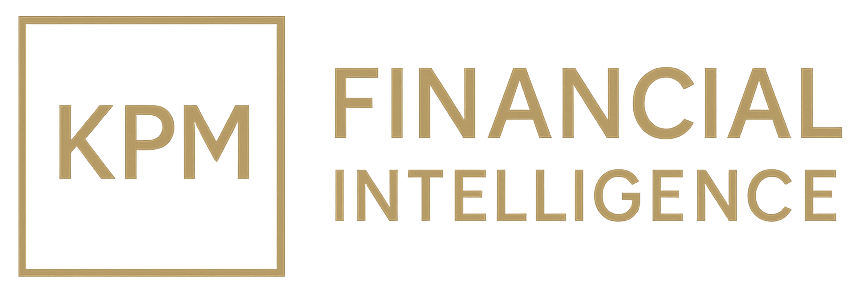From Nyakabingo to Washington: Rwanda Tests China’s Grip on Tungsten
Rwanda’s first tungsten export to the U.S. marks a symbolic crack in China’s 60% supply dominance. With mining at ~30% of exports (RWF-MINING-EXP), Kigali’s move blends opportunity with risk in global critical-mineral geopolitics.

A small consignment from a relatively unknown African mine has sent a message far louder than its tonnage. For the first time, Rwanda’s Trinity Metals (RWF-TRINITY) has shipped tungsten concentrate (WO₃) directly to the United States. On the surface, the cargo from the Nyakabingo Mine (RWF-NYAKA) is modest. But in today’s world, where strategic minerals underpin both industrial capacity and geopolitical leverage, the deal is anything but ordinary. It represents a subtle yet significant shift in the architecture of global supply chains.
Tungsten is an unusual case among critical minerals. By volume it is small, yet by function it is irreplaceable. With the highest melting point of any metal and extreme density, tungsten is essential in defense applications (US-DEFENSE) such as armor-piercing ammunition, aerospace (US-AERO) for turbine blades, semiconductors (PHLX:SOX), and renewable energy (ICLN) for drilling and electrical components. The United States (US-TUNG-IMP) is highly dependent on imports, with over 40 percent of supply historically coming from China (CN-TUNGSTEN), which controls roughly 60 percent of global mine production and more than 80 percent of refining (CN-W-REF). In the context of growing U.S.–China rivalry, Rwanda’s entry as a direct supplier is symbolically powerful: it signals an alternative, however small, to Beijing’s dominance.
For Rwanda, the milestone represents both an economic and diplomatic breakthrough. Mining accounts for 30–35 percent of the country’s export earnings (RWF-MINING-EXP), historically concentrated in the so-called “3Ts”: tin (RWF-SN), tantalum (RWF-TA), and tungsten (RWF-W). By exporting directly to the U.S., Rwanda validates its traceability and conflict-free certification systems (ICGLR-CERT), which were designed to address the region’s history of conflict minerals. Compliance with Western standards not only enables entry into the U.S. market but also bolsters Rwanda’s credibility as a reliable partner in global critical mineral supply chains. This creates opportunities for concessional financing, structured offtake agreements, and inclusion in U.S. (US-CMIN) and EU (EU-CRM) critical mineral frameworks.
But the risks are as real as the opportunities. Tungsten is one of the more volatile commodities. Prices (ASX:TGN-PRC) are sensitive to Chinese export policies, cyclical demand in aerospace and defense, and the development of substitutes. Rwanda’s increased foreign exchange revenues may provide temporary relief against pressures on the Rwandan franc (RWF/USD=X), but exposure to price swings could amplify fiscal vulnerability. This dynamic highlights the broader challenge for resource-dependent economies: the need to hedge against commodity cycles that can just as easily destabilize as enrich.
Comparative cases demonstrate the stakes. Vietnam (VN-TUNGSTEN), leveraging its domestic deposits, invested in refining and downstream alloy industries, allowing it to capture higher margins and insulate itself from global volatility. Austria (AT-TUNGSTEN) positioned itself as the European hub for tungsten processing and alloying, supplying advanced industrial inputs rather than raw concentrate. Both countries illustrate that long-term value capture depends on moving up the chain, from ore extraction to refining and alloy production. If Rwanda does not develop beneficiation and processing capacity, it risks remaining locked into the low-value end of the chain — exporting raw material while others extract the real economic rents.
The geopolitics are equally delicate. By supplying the U.S., Rwanda has positioned itself in the broader context of Washington’s mineral de-risking strategy (US-NSM-CRIT), aimed at reducing dependence on Chinese supply. This alignment may bring new opportunities — technical assistance, financing, and enhanced trade relations. Yet it also introduces vulnerability. If China, still the dominant player in tungsten, views Rwanda’s entry as part of Washington’s hedging strategy, it could respond through price manipulation, export restrictions, or leveraging its dominance in refining to undercut Rwanda’s positioning. Kigali will therefore need to navigate carefully, ensuring diversification of its customer base to avoid overexposure to a single geopolitical bloc.
For global investors, policymakers, and supply chain strategists, the significance of this deal lies not in its size but in its signal. Small producers in Africa and beyond are being pulled into the gravitational field of great-power competition over critical minerals. Even modest supply shifts now have outsized strategic value, because they represent cracks in the concentrated supply chains dominated by China. The Rwanda deal illustrates that countries outside the usual resource powers can shape global mineral politics — if they play their cards right.
The path forward for Rwanda will be defined by three factors. First, scaling production responsibly to avoid environmental and social costs that could tarnish its traceability advantage. Second, investing in domestic processing to move beyond concentrate exports toward alloys and powder metallurgy, where real margins lie. Third, managing diplomatic exposure by keeping relationships diversified — engaging China, the EU, and other Asian buyers alongside the U.S.
Ultimately, Rwanda’s tungsten breakthrough is both a strategic win and a calculated gamble. It validates Kigali’s reforms, signals to Washington that alternatives exist, and places the country on the map of global critical mineral trade. But without investment in value addition and careful geopolitical navigation, the shipment risks being remembered as a symbolic footnote rather than the foundation of a structural transformation.
In an era where minerals are as strategic as oil once was, even a single shipment can carry outsized meaning. Rwanda has taken a bold step — whether it evolves into a new pillar of global supply chains or a fleeting experiment will be determined in the years to come.





